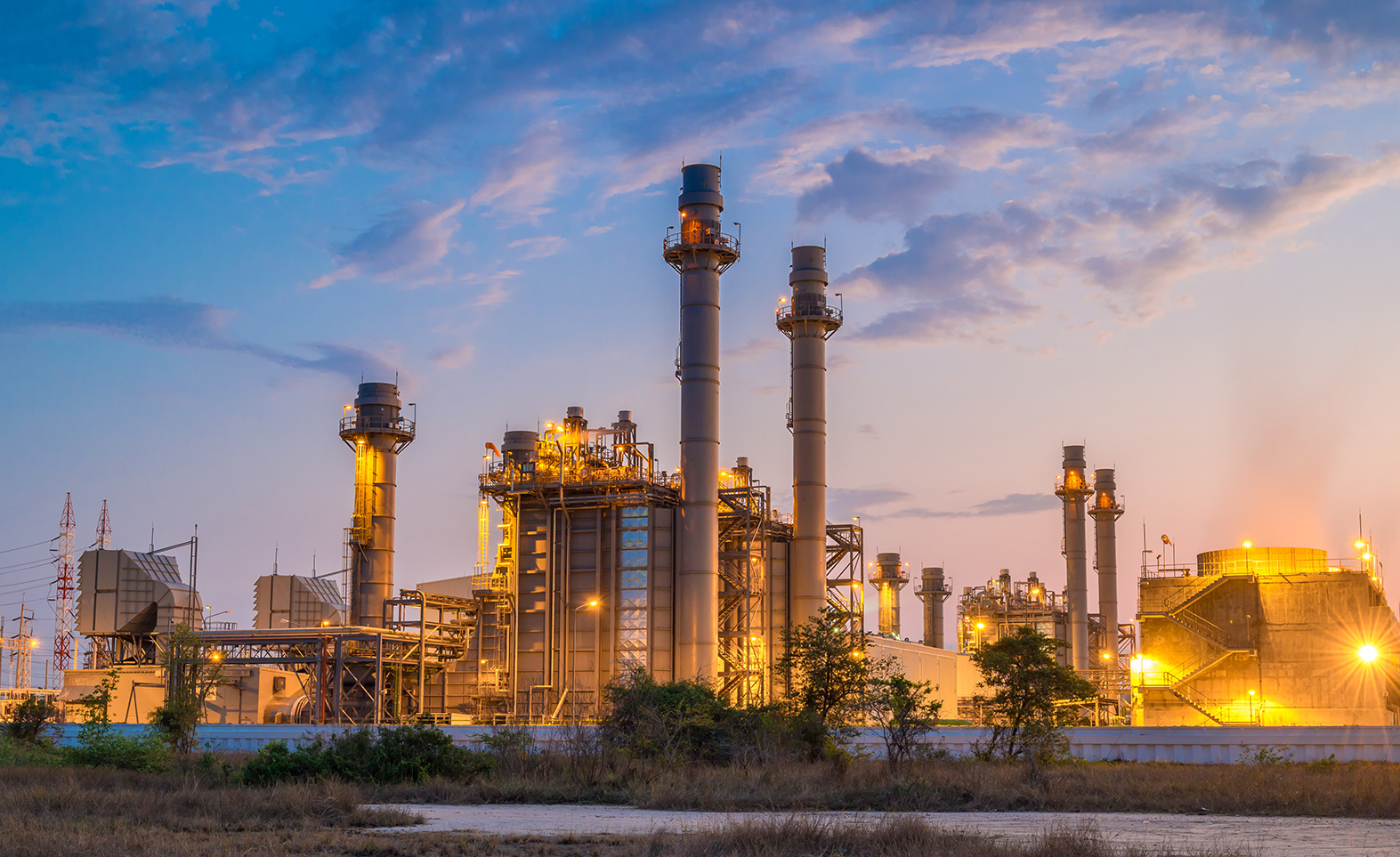
January 5, 2021
PM Modi inaugurated a 450-km natural pipeline between Kochi and Mangalore on January 5, 2021
The pipeline will bring convenient and uninterrupted supply of environment friendly and affordable fuel
The Government aims to increase the share of natural gas in the energy basket from current 6.2 percent to 15 percent
Natural gas boosts economic growth by supporting the goals of 24X7 power, urbanisation, & reduction in greenhouse emissions

January 5, 2021 marked a significant landmark in India’s journey towards building a robust gas-based economy, with the formal inauguration of the 450-km natural pipeline between Kochi and Mangalore. The inauguration was done by Prime Minister Narendra Modi via a virtual event. Several dignitaries including the Union Petroleum Minister Dharmendra Pradhan, governors and chief ministers of Kerala and Karnataka, as well as leaders from GAIL were in attendance.
Built at a cost of US$ 408.4 million, the pipeline will carry natural gas from Kochi in Kerala through Ernakulam, Thrissur, Palakkad, Malappuram, Kozhikode, Kannur and Kasargod districts to Mangaluru in Dakshina Kannada district of Karnataka.
The pipeline will bring a convenient and uninterrupted supply of environment friendly and affordable fuel in the form of piped natural gas (PNG) to households, commercial units and compressed natural gas (CNG) across different city gas distribution (CGD) areas in different geographical areas. In addition, it will also offer clean industrial fuel and feedstock for petrochemical and fertilised sectors. It will also bring socio-economic benefits to the people of these states by creating direct and indirect job opportunities through multiple gas-based industries.
As part of the Government’s integrated approach to energy planning, it aims to increase the share of natural gas in the energy basket to 15 percent, up from the current 6.2 per cent.
Currently, oil & gas fields located in Western and South Eastern areas viz. Hazira basin, Mumbai offshore & KG basin as well as North East Region (Assam & Tripura) are the primary sources of domestic natural gas. In FY 2018-19, total domestic gas production was about 90.05 MMSCMD. In addition, Liquefied Natural Gas (LNG) is also imported through Open General License (OGL), with the price and utilisation of imported LNG is mutually decided by buyers and sellers.
Gas Pipeline infrastructure plays an important role in defining the structure of the gas market and its development. Given that it is an economical and safe mode of transporting natural gas, it can help ensure adequate availability and equitable distribution of natural gas in all parts of the country. During the launch of the Kochi-Mangalore pipeline, Prime Minister Modi said that the natural gas pipeline network in India will be doubled in 5-6 years to about 32,000 kms. Also, CNG stations will be increased to 10,000, from the current 1,500.
In addition, the Government has also prioritised the development of CGD network to boost domestic gas allocation to PNG (Domestic) and CNG (Transport) segments. Today, 7.2 million households have access to piped natural gas connections for using the fuel for cooking purposes, up from 2.5 million in 2014.
While gas currently accounts for only about ~6% of India’s primary energy, which is just about one fourth of the international average, there are several factors driving growth in demand. For instance, gas has a role to play in helping the Government deliver on its commitment to provide 24/7 reliable power, particularly with respect to providing power backups. While a vast majority of back-up power is today provided by diesel generators, gas is a much superior option given that it is cleaner and more economical. In conjunction with renewable power sources, gas can help deliver reliable and clean energy grids.
In transportation too, natural gas can be used as a cleaner and more viable source of energy. A great example is the public transport fleet in Delhi, which was converted to CNG back in 1998, as per an order of the Supreme Court. Since then, this has been expanded to 17 states and union territories. Over the years, this has helped cut costs and reduce greenhouse emissions.
Gas also has a role to play in catering to the growing urbanisation, especially given the government’s commitment to building 100 “smart cities,” under the Smart Cities Mission. In urban centers, piped natural gas can effectively cater to the cooking, heating, and cooling needs of both commercial and residential entities.
On the regulatory front, there have been several initiatives undertaken by the Petroleum and Natural Gas Regulatory Board (PNGRB) that will play a role in furthering the use of gas in India.